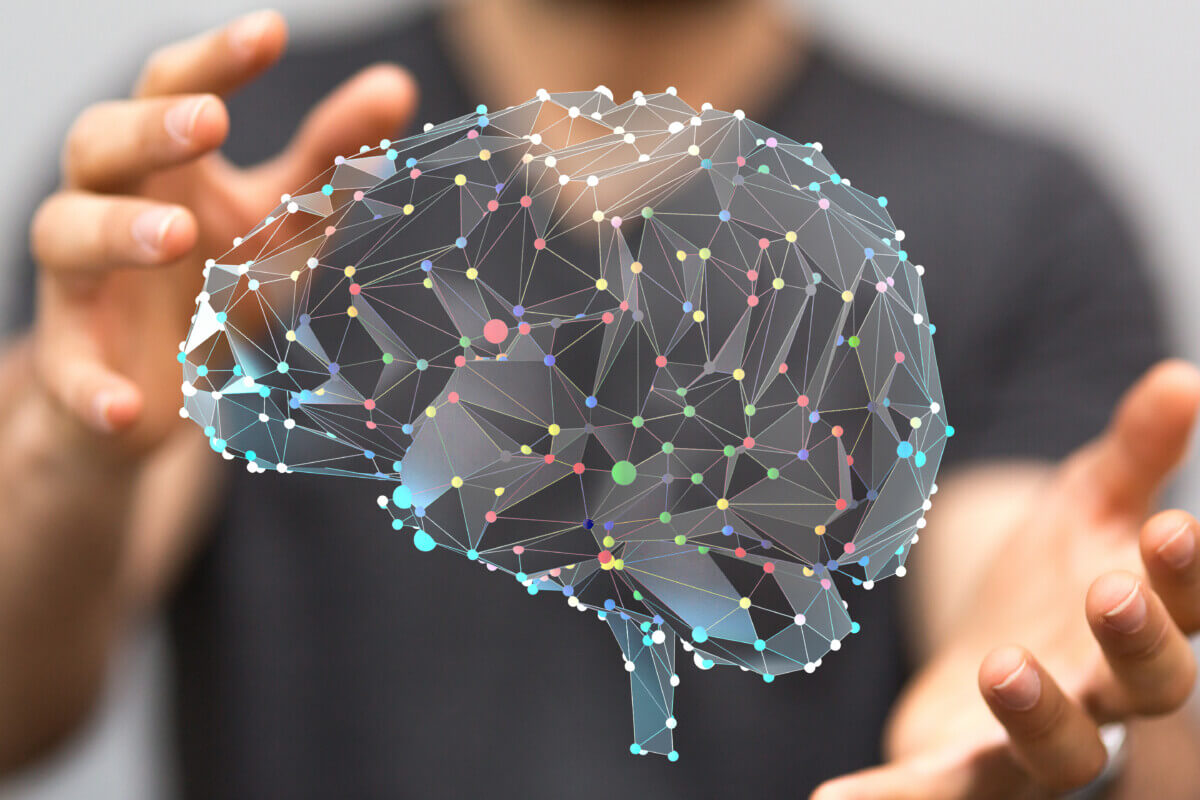
(© vegefox.com - stock.adobe.com)
EVANSTON, Ill. — What's going on in the human brain? A new study finds that the mystery appears to be the same for all species, as scientists have discovered the same “delicate balance” in the minds of insects, mammals, and people.
The findings, in a nutshell
Physicists have discovered that the brain's structure exists in a delicate balance point called a “critical state” - similar to how water can transition between solid ice and liquid states. At this critical point, the brain exhibits very complex patterns and behaviors. Publishing their work in the journal Communications Physics, the researchers analyzed brain cell structures from humans, mice, and even fruit flies and remarkably found the same critical state signatures across all of them.
This means the brains of vastly different creatures all share some underlying universal principles governing their structural complexity. It's like finding that very different materials like glass, plastics, and metals can all transition through the same “liquid” phase when heated despite their obvious differences at lower temperatures. Physicists don't know exactly what “phases” the brain may be transitioning between at this critical point, but its existence hints at why brains can generate such complex thoughts and behaviors.
The structural patterns seen in this critical state include fractal-like neuron shapes that look similar at different scales (self-similarity), correlated neuron segment sizes across different areas, and a broad distribution of sizes rather than one uniform scale. These are telltale signs that the brain resides in a balanced “critical” state—not too ordered like a crystal, yet not too disordered like a gas. Being poised at this special point may be what allows brains to process information so complexly.
“An everyday example of this is when ice melts into water. It’s still water molecules, but they are undergoing a transition from solid to liquid. We certainly are not saying that the brain is near melting. In fact, we don’t have a way of knowing what two phases the brain could be transitioning between. Because if it were on either side of the critical point, it wouldn’t be a brain,” says Northwestern’s Helen Ansell, the paper’s first author, in a media release.

Methodology
To hunt for these universal brain rules, the researchers employed tools like fractal analysis, finite-size scaling, and advanced statistical physics. They randomly sampled 3D brain imaging data, treating fragmentary neurons within each cubic sample like clusters on a lattice, then precisely measuring properties like sizes, shapes, and spatial correlations across scales.
For example, the cell fragment sizes followed a simple power law distribution with a fractal-like pattern of self-similarity at all scales studied. Unmistakable signs of deep correlations also unified local neural tangles and larger patterns. Remarkably, human, mouse, and fruit fly brain samples all obeyed these universal scaling laws and mathematical “source codes.”
Results
Physicist István Kovács and Ansell discovered that all of the brain samples studied have consistent critical exponents. This means they all share the same quantitative features of “criticality” — the point when a physical object transitions from one phase into the next. The new findings could potentially explain why brains from different species share many of the same fundamental principles.
“These are things we see in all critical systems in physics,” says physicist István Kovács. “It seems the brain is in a delicate balance between two phases.”
“Initially, these structures look quite different — a whole fly brain is roughly the size of a small human neuron,” Ansell adds. “But then we found emerging properties that are surprisingly similar.”
Study Limitations
The study only analyzed small sub-volumes around one cubic millimeter, so whether fractal scaling holds at larger brain scales remains unknown. The lack of a “tuning parameter” also prevented definitively confirming a true continuous structural phase transition, which could only be inferred indirectly.
While neurons dominated the fractal patterns at the largest scales, limited cell-type data prevented fully separating contributions from other cells like glia. More extensive neuron tracing of larger neural volumes may be needed.
Takeaways: A Potential Brain Architecture Model?
The findings hint at a profound simplifying principle underlying brain complexity. Confirmation could lead to generative computational models capturing the biological rules shaping brain circuitry - like having a seed to grow brain-like neuronal trees and networks following simple growth laws.
The discovered universal structural features may also explain why one animal's architecture can effectively model another's or how function emerges from anatomical form across species—mysteries that have vexed neuroscientists for ages. Evolution may converge on these critical patterns because they inhabit an optimal regime for information processing and efficient wiring.
EdNews Editor Chris Melore contributed to this report.










